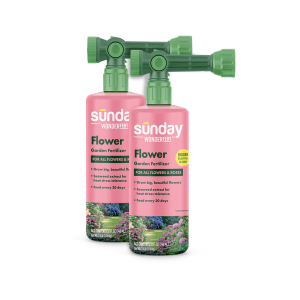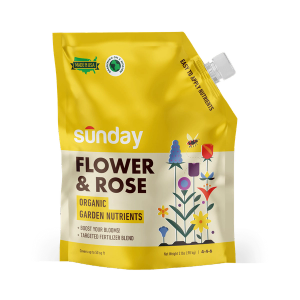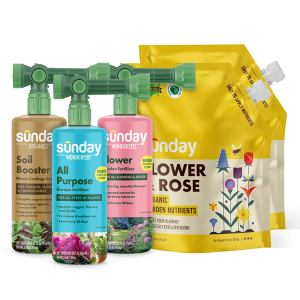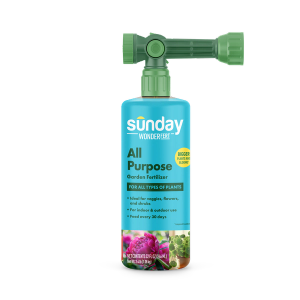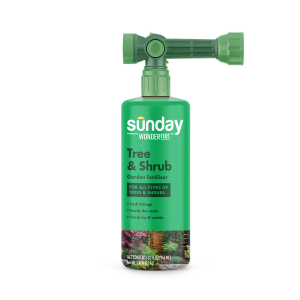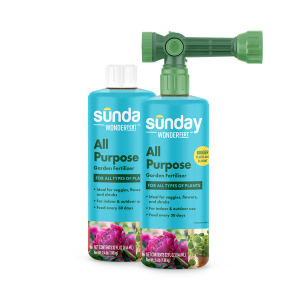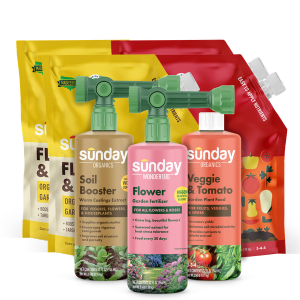What is deadheading
If you’ve spent any amount of time creating beautiful flower beds in your yard, you won’t want all of that effort to go to waste. In order for your flower beds to remain bright and blooming, maintenance is a must. Deadheading, which involves removing old, faded flowers from garden plants before they produce seed, is an important part of garden bed maintenance.
Why deadhead
Deadheading is an important part of lawn and garden maintenance. Deadheading tricks the plant into thinking it needs to produce more flowers to extend flower and seed production. This helps the plant produce enough seeds to continue the next generation.
For plants that bloom only once (most spring bulbs, for example), removing spent flowers may help tidy up the garden’s overall appearance, but will not promote further flowering.
When to deadhead
The best time to deadhead flowers is as soon as you notice they're starting to fade, wilt, or die.
Considerations before deadheading
Before jumping into the logistics of how to deadhead flowers, and before you head outside with your pruners, there are some important factors you should consider:
- Does deadheading benefit this particular plant? Not all plants benefit from deadheading. In fact, for some plants, deadheading can cause more harm than good. With that in mind, it’s important to first consider your specific plants to determine if deadheading is right for them.
- Do seed heads add visual interest? Some flowers, like poppies, cone flowers, and alliums produce seed heads that not only serve the purpose of housing the flower’s seeds. They also provide color, texture, and all around beauty to the space. If you have flowers whose seed heads add visual interest to your space, allow spent flowers to continue on to seed production.
- Do you want or need to harvest seed for future planting? If you’re planning to harvest and use the seeds from your current plants for future planting, this is another instance where you should opt out of deadheading, and instead, allow spent flowers to continue on to seed production for you to harvest.
- Do the seed heads provide food for birds/wildlife? If you have seed-producing flowers that birds and wildlife can feed on, consider keeping the spent flowers and allowing them to produce seed, particularly toward the end of the season when growth and flowering may not occur after flower removal. This is also when food sources are more critical for wildlife heading into winter.
- Do you want plants to reseed? If you want your plant to reseed itself, be sure to stop deadheading in fall to allow time for seed production.
- Are plants preparing for winter? Stop deadheading in the fall to allow the plant to store nutrients to prepare for winter.
What you need to deadhead
If you have considered all of the above, and have decided that some, or all, of your flowers fit the criteria for deadheadling, you won’t need much in terms of tools to get the job started. Small, clean hand pruners are all you’ll need to get started. Small, clean hand pruners are all you’ll need.
How to deadhead
With your flowers identified and your clean pruners ready, you have all you need to start deadheading your flowers. Follow these steps to ensure you’re deadheading the proper way.
Pinching
For deadheading plants with thin stems, the best removal method is to pinch off individual blooms at the base of the flower stalk with fingernails or hand pruners.
Pruning
For deadheading plants with thicker stems, you should use hand pruners to cut off the whole flower above the first set of leaves, directly below the flower.
Cited sources
Deadheading: Keeping your blooms blooming. Michigan State University Extension.
Enjoy More Flowers in Your Garden by Deadheading Regularly. South Dakota State University Extension.
The Gardener's Toolkit - Deadheading. Clemson Cooperative Extension.
To Deadhead or Not? Your Final Answer is…. PennState Extension.



